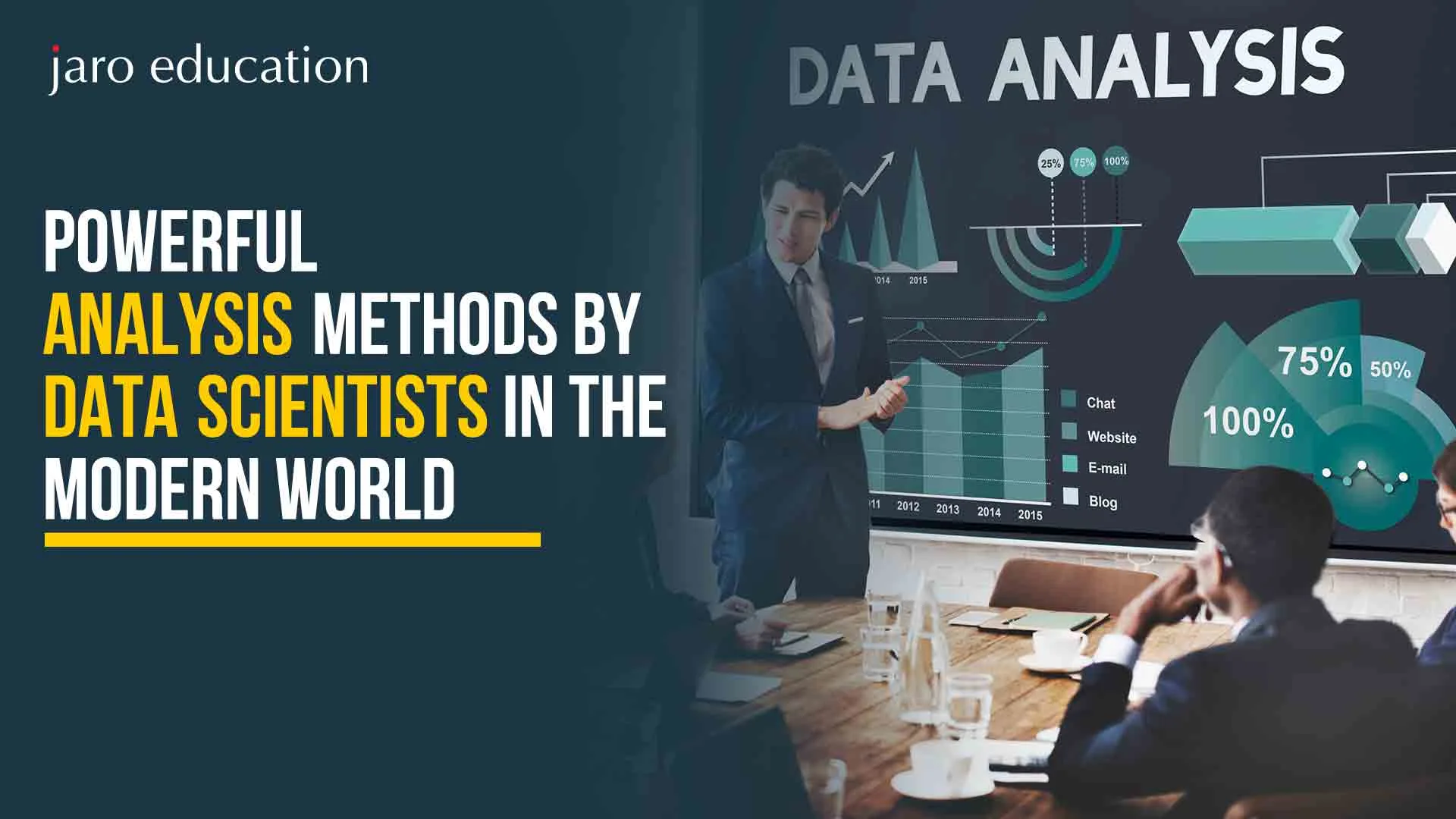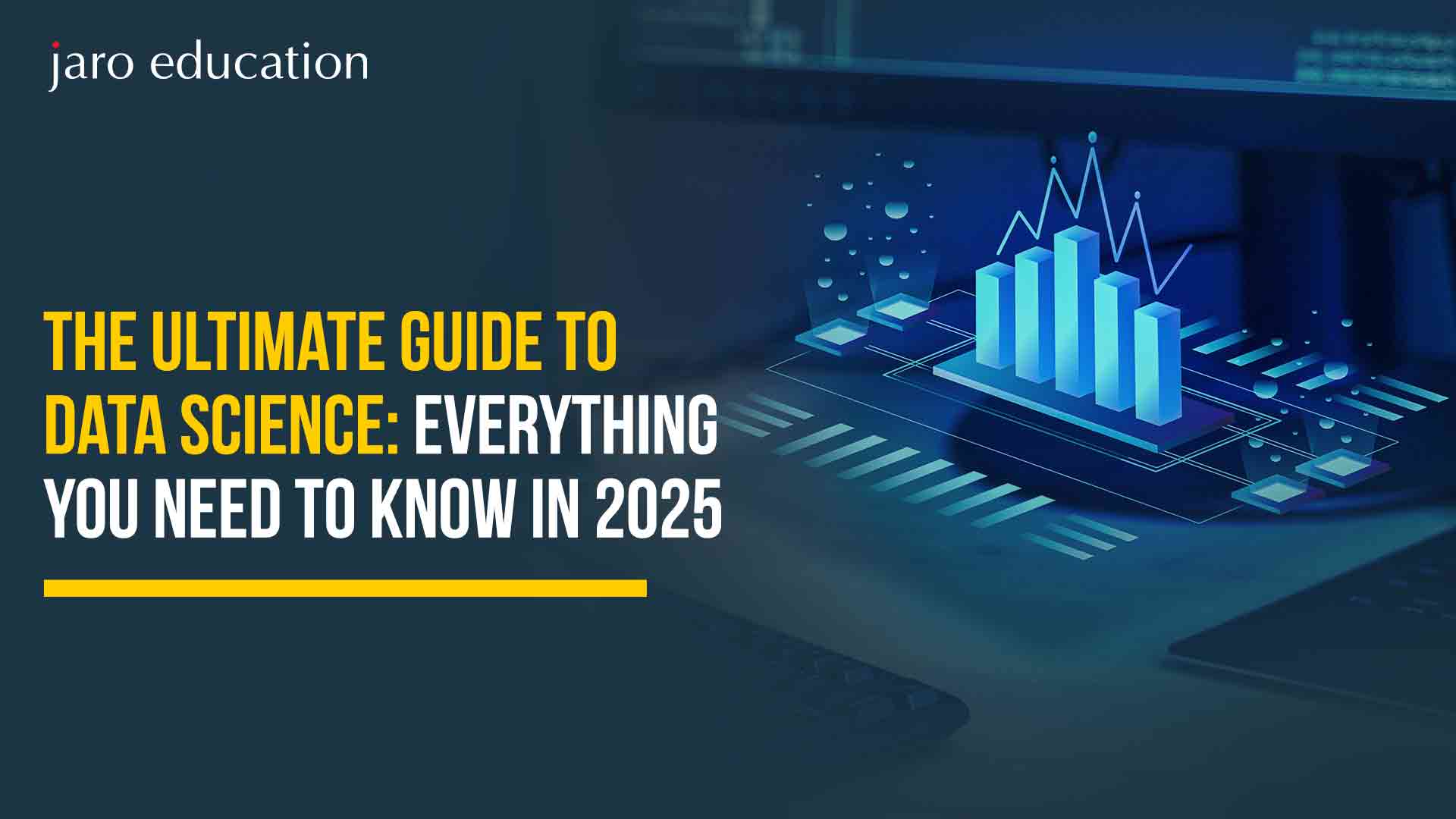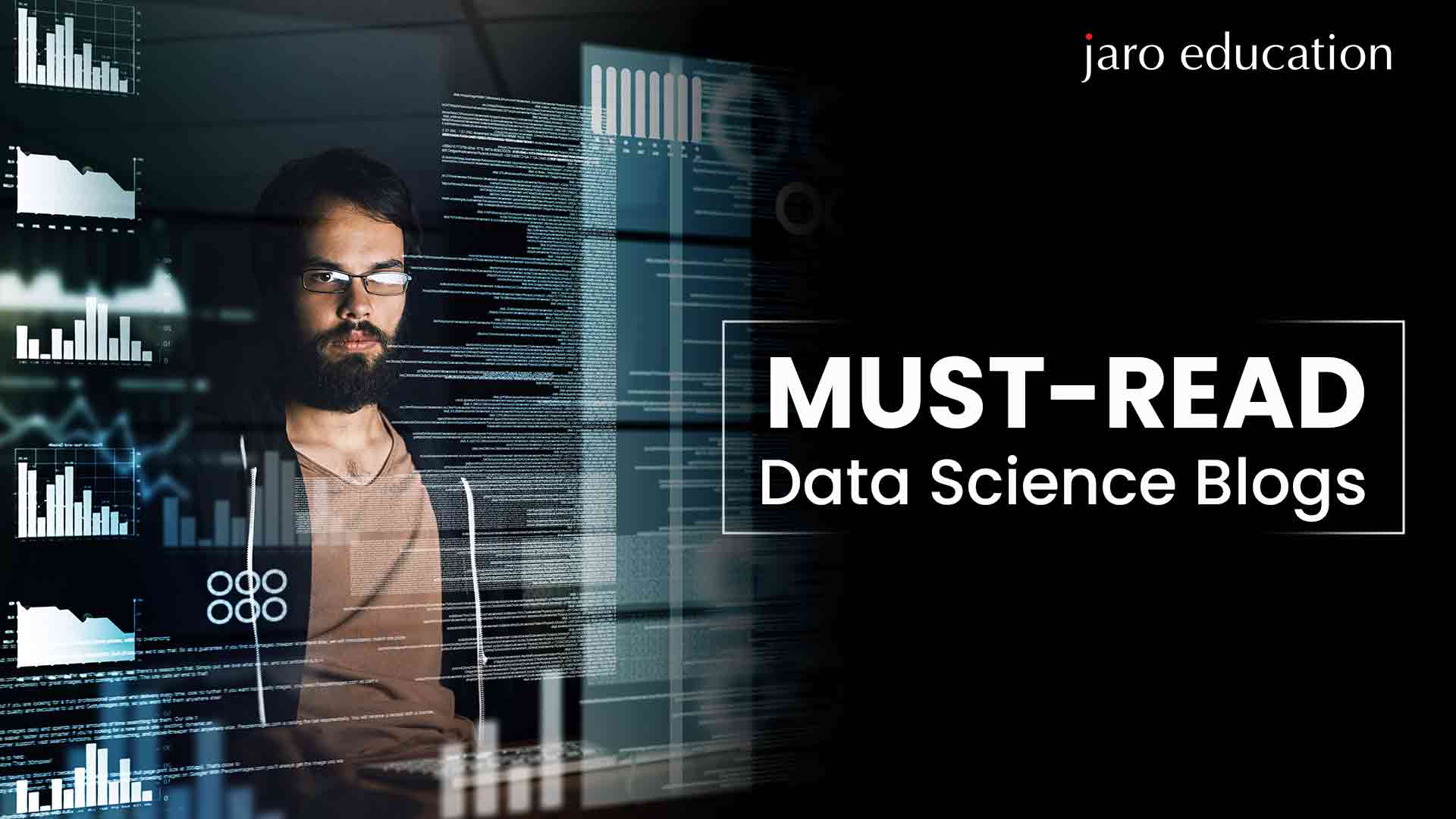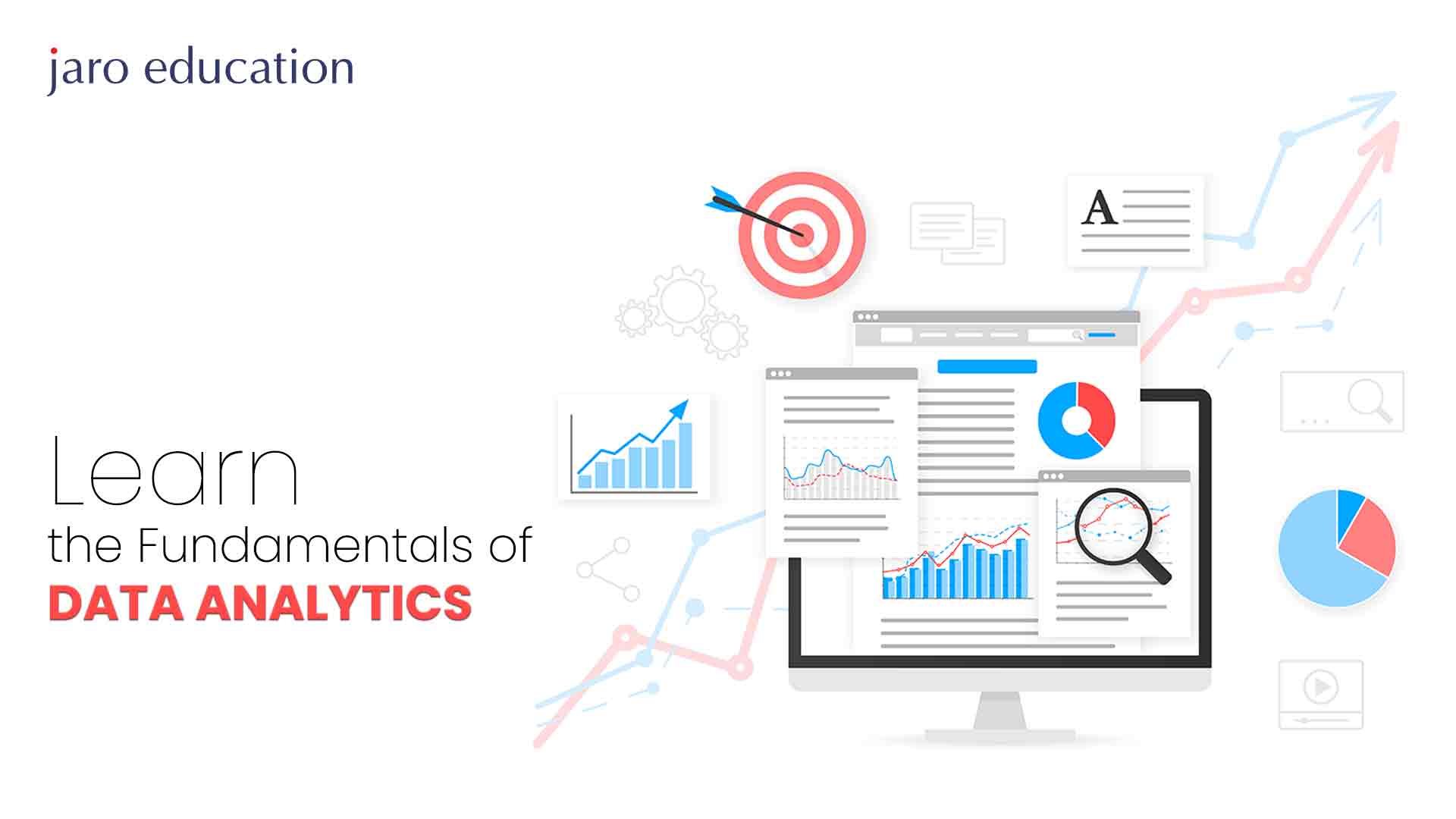Data Mining Techniques for 2025: Methods & Applications
Table of Contents
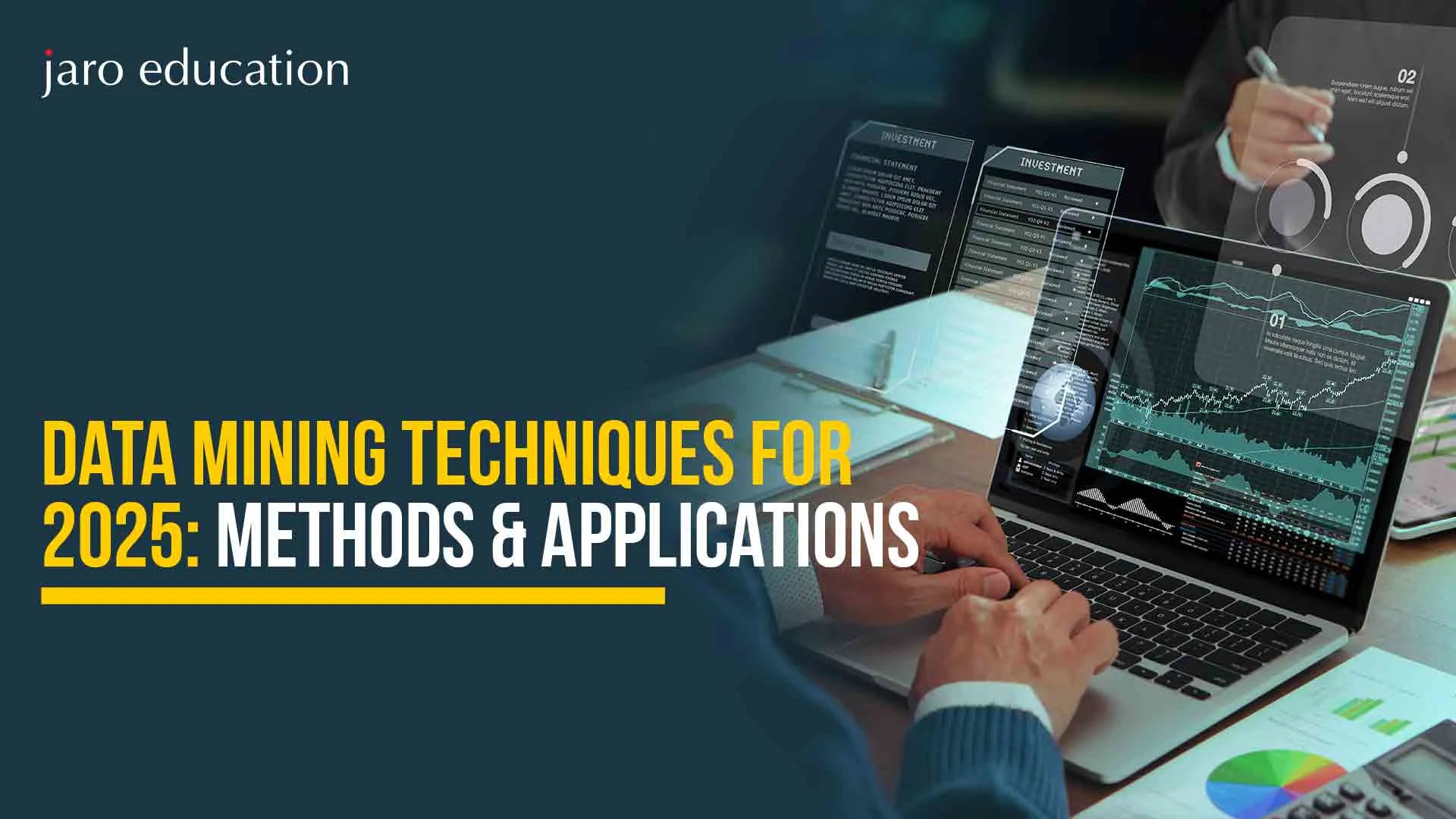
- jaro Education
- 22, November 2024
- 1:00 pm
As data mining grows faster than ever, exactly what data mining methods can assist us in doing, as they explore extremes of large piles of information in search of trends, patterns, and useful information. These methods are gaining more significance in various spheres such as marketing, medical care, banking, etc.
You can think of data mining techniques as a core that goes through the base of data to allow businesses to anticipate future trends, enhance customer experience, and prevent fraud, along with enabling improved decision-making by businesses. Due to the emergence of big data and AI, the need to employ the proper data mining techniques is not optional anymore: it is a matter of necessity.
In this blog, we shall discuss the best data mining techniques with examples that you ought to consider in the year 2025 and their real-life application. No matter who you are, a novice or just interested, this guideline will provide you with a clear and well-understood picture of how data mining will put the real power of data to use. Ok, let us begin!
What does Data Mining mean?
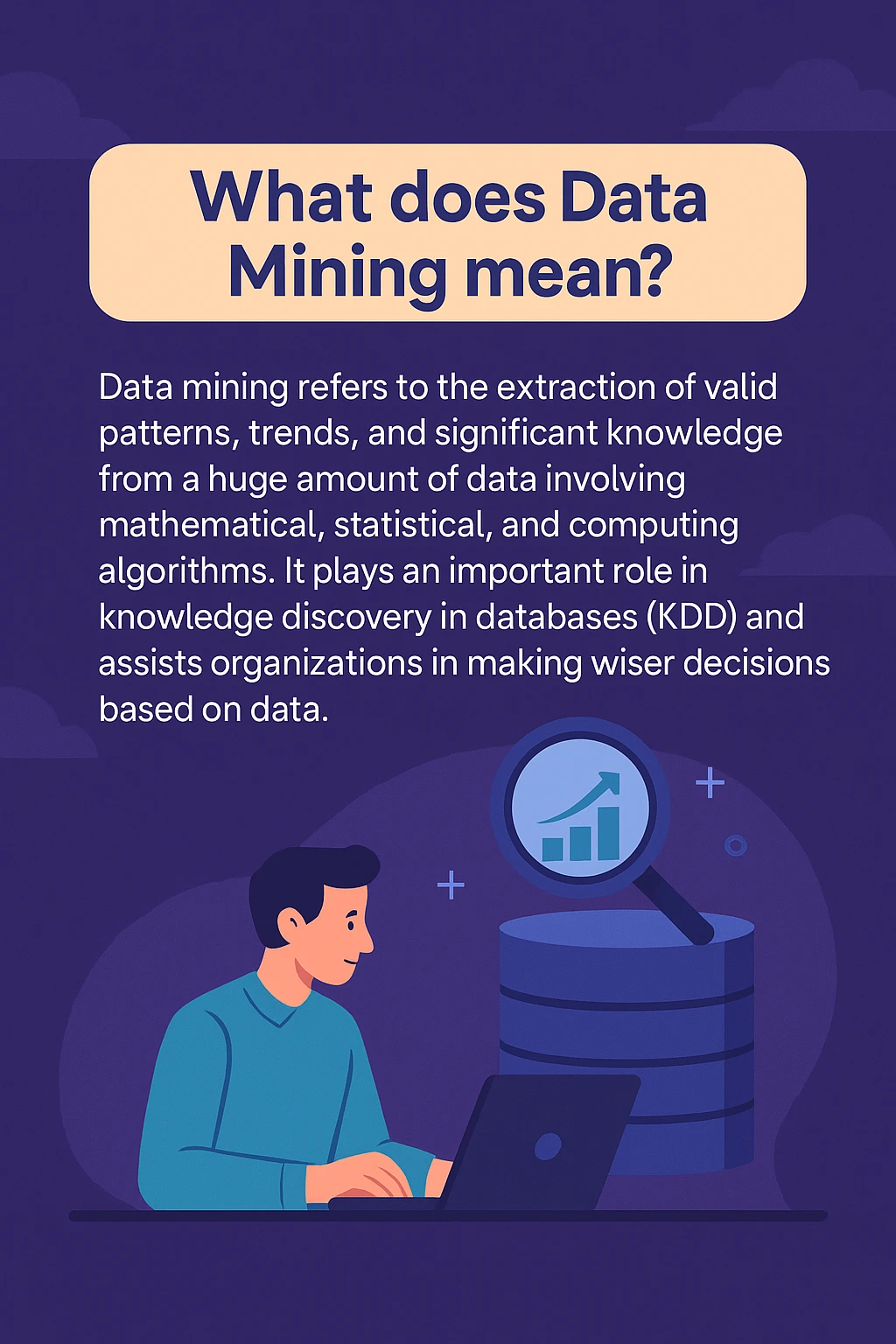
Data mining refers to the extraction of valid patterns, trends, and significant knowledge from a huge amount of data involving mathematical, statistical, and computing algorithms. It plays an important role in knowledge discovery in databases (KDD) and assists organizations in making wiser decisions based on data.
Simply put, data mining is as good as having a close companion who searches through information, determines what is significant, and provides you with a summary of what that data suggests.
Why is Data Mining Important?
Data mining is significant in assisting organizations to unravel concealed patterns, trends, and knowledge in large quantities of unstructured data. Such learnings can facilitate wiser decision-making or more successful tactics, as well as create competitive edges in the data-driven state of affairs. This is why it is really important:
- Better Decision-Making
Database mining enables businesses to make wise choices since it uses the information about customer behavior, trends in the market, and operating data. Companies no longer have to guess, but they can use patterns and evidence.
- Better Customer Experience
Through analysis of the information associated with the customers, the companies can personalize the offers, anticipate preferences, and increase their satisfaction, resulting in enhanced customer relationships and customer loyalty.
- Fraud Detection
Finance and banking Data mining techniques in finance and banking, real-time detection of anomalies and fraud, are being done using data mining techniques with examples to identify unusual transaction patterns.
- Increased Efficiency
It assists organizations to streamline processes by identifying bottlenecks, inefficiencies, or duplication of processes, hence saving time and money.
- Predictive Analysis
By using data mining techniques with examples, it is possible to predict what is going to happen in the future, and businesses have gotten the advantage of being proactive.
- Optimisation of Marketing and Sales
When customers are segmented and when their purchasing behaviors are understood, the firms would be able to target and reach the right people with the right content and the right message and convert them and make better returns.
- Healthcare Advancements
It assists in forecasting outbreaks in healthcare, diagnostics, and more efficient treatment plans by examining the data of patients.
Data Mining: Applications and Methodologies
We should first know about the Data mining methodologies and applications of data mining before getting down to the techniques.
In Data Mining techniques, remarkable Methodologies include:

- Classification- It places items in prearranged classes or categories.
- Clustering– Collect similar items that have common things (this will be discussed later).
- Association Rule Learning– Identifies a linkage between variables (e.g., persons who purchase bread also purchase butter).
- Regression– Forecasts a number (such as stocks).
- Anomaly Detection– Identifies unusual or unexpected events (e.g., credit card fraud).
- Sequential Pattern Mining– Examines patterns of sequences of events or activities through time.
Applications of Data Mining techniques with examples:
| Industry | Use Case |
| Retail | Customer segmentation, recommendation systems |
| Finance | Fraud detection, credit scoring |
| Healthcare | Disease prediction, treatment personalization |
| Education | Student performance tracking, dropout prediction |
| Telecom | Churn analysis, network optimization |
Top Data Mining Techniques You Should Know
Data mining techniques are comparable to intelligent solutions that allow businesses, researchers, and even apps to know what the data is saying. It can be forecasting customer needs, fraud detection, and what movie to watch next, all of which are made possible by data mining.
In this section, we will take you through some of the most significant and popular methods of data mining techniques. Don’t panic in case you are new to this, as every technique is described without complications, and usage in real-life situations will be explained to comprehend its usage and application.
| Data‑Mining Technique | Core Idea (What it does) | Typical Uses & Benefits |
| Classification | Predicts a categorical label for new data based on past examples. | Customer churn prediction, email spam detection, credit‑risk scoring |
| Regression | Estimates a continuous numeric value from input variables. | Sales/price forecasting, demand planning, insurance premium pricing |
| Clustering | Groups similar data points into natural, unlabeled segments | Market segmentation, image compression, anomaly pre‑screening |
| Association‑Rule Mining | Discovers items/events that frequently occur together | Market‑basket analysis (“people who buy X also buy Y”), cross‑selling, web‑usage patterns |
| Anomaly / Outlier Detection | Flags rare or unexpected observations that deviate from the norm. | Fraud detection, network‑intrusion monitoring, equipment‑failure alerts |
| Sequential / Time‑Series Pattern Mining | Finds frequent or predictive sequences/temporal patterns | Click‑stream analysis, stock‑trend discovery, and medical event prediction |
| Dimensionality Reduction | Compresses high‑dimensional data into fewer informative features. | Data visualization, noise reduction, speeding up model training |
| Text Mining / Natural Language Processing (NLP) | Extracts structure and meaning from unstructured text. | Sentiment analysis, chat‑bot understanding, document clustering & search |
| Ensemble Learning | Combines multiple weak models to create a stronger, more robust predictor. | Kaggle‑winning predictive models, credit‑risk scoring, medical diagnosis support |
Pros and Cons of Data Mining
Here’s a clear and simple breakdown of the advantages and disadvantages of data mining:
| Pros (Advantages) | Explanation |
| Better Decision-Making | Data mining provides useful insights and trends that help organizations make informed, data-driven decisions. |
| Predicts Future Trends | Businesses can forecast sales, customer behavior, or risk using predictive models based on past data |
| Improved Customer Experience | By understanding customer preferences, companies can offer more personalized products and services. |
| Fraud and Risk Detection | Data mining helps in identifying suspicious activities or anomalies, especially in banking, insurance, and cybersecurity. |
| Competitive Advantage | Organizations that use data mining techniques effectively can stay ahead of competitors by reacting faster to market changes |
| Saves Time and Resources | Automation of data analysis reduces manual effort and helps in faster decision-making processes. |
| Cons (Disadvantages) | Explanation |
| Privacy Concerns | Collecting and analyzing personal data can raise ethical and legal issues if not handled properly. |
| Data Misuse | If insights are misinterpreted or used unethically, it can lead to biased decisions or harmful consequences. |
| High Cost & Complexity | Advanced data mining tools and skilled professionals can be expensive and require ongoing investment. |
| Data Quality Issues | Poor-quality or incomplete data can lead to inaccurate results, which affects the reliability of decisions. |
| Overfitting Risks | Sometimes, data mining models can become too complex, fitting past data perfectly but failing on new data |
| Dependency on Historical Data | It heavily relies on existing data; if past data is biased or flawed, the outcomes will reflect that. |
Final Thoughts
Data mining is no longer a niche technology—it’s a necessity for organizations looking to thrive in the information age. By understanding the data mining process, leveraging the best data mining tools, and applying effective classification techniques in data mining clustering techniques in data mining, businesses can unlock a wealth of possibilities.
The success of any data mining project lies in aligning the right tools and algorithms with clearly defined objectives. With applications spanning industries, the future of data mining holds limitless potential. Are you ready to harness the power of data mining to transform your business?
Frequently Asked Questions
Clustering is a data mining technique that groups similar data points based on their features. It’s an unsupervised learning method used for customer segmentation, image recognition, and more.
Classification, clustering, regression, association rule learning, anomaly detection, and sequential pattern mining are widely used.
Retailers use it for product recommendations, banks for fraud detection, healthcare for patient diagnosis, and entertainment platforms for personalizing content.
Not exactly. Data mining involves discovering patterns from data, often using machine learning as a tool. Machine learning focuses more on prediction and model building.
Almost every industry—retail, finance, healthcare, telecom, education, and more—uses data mining to improve performance and customer satisfaction.





